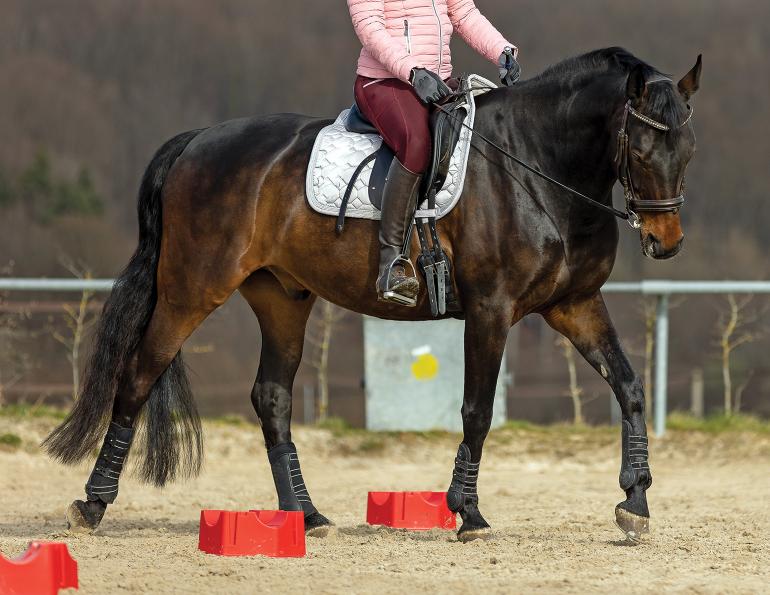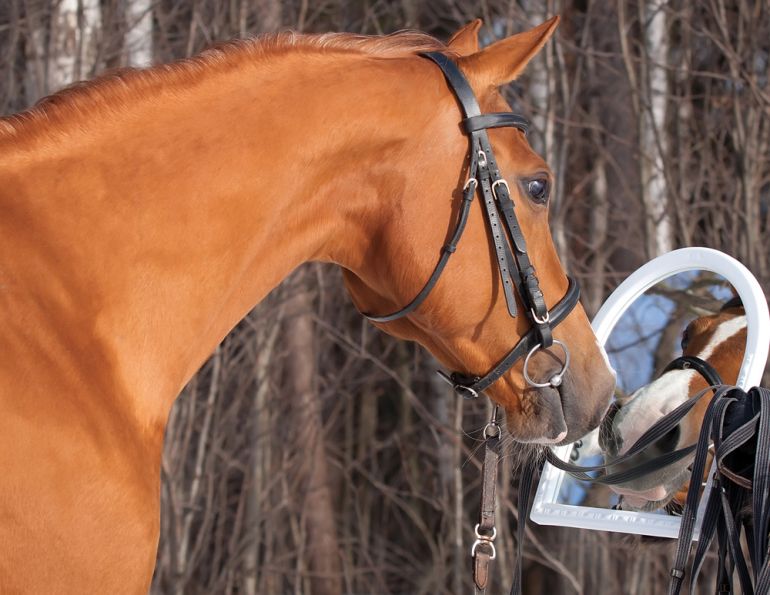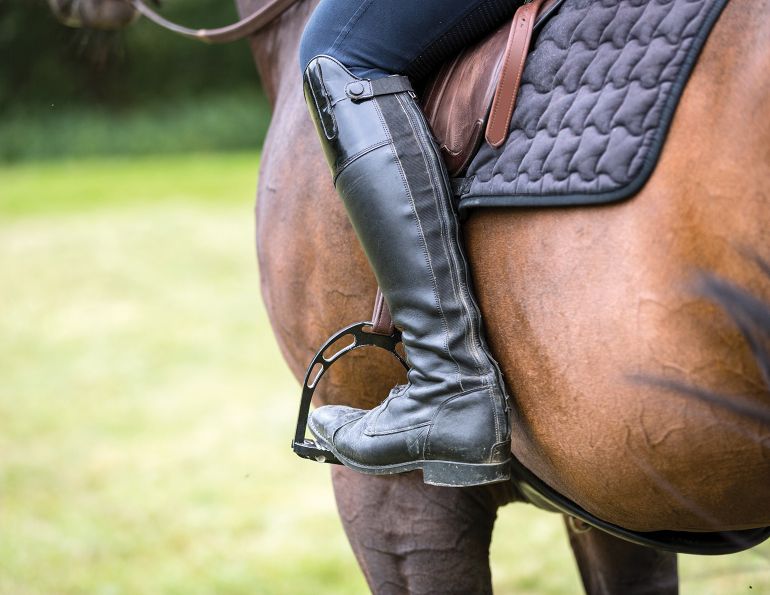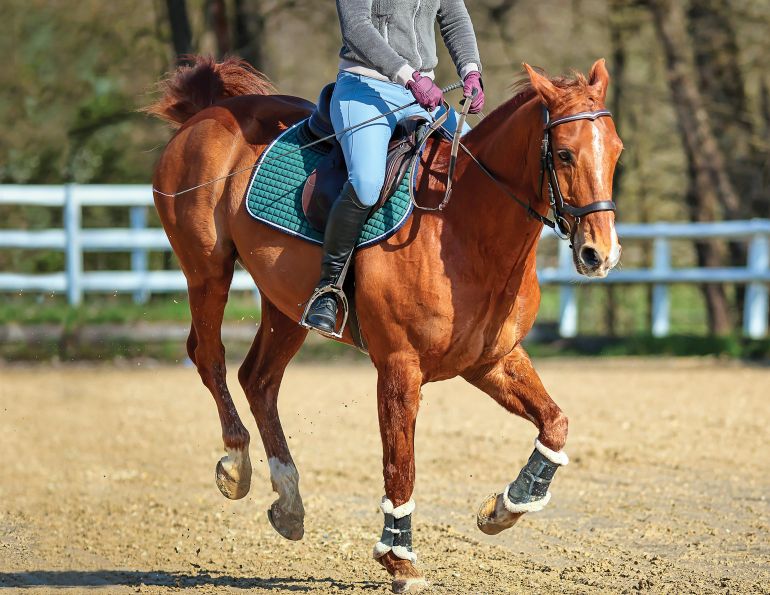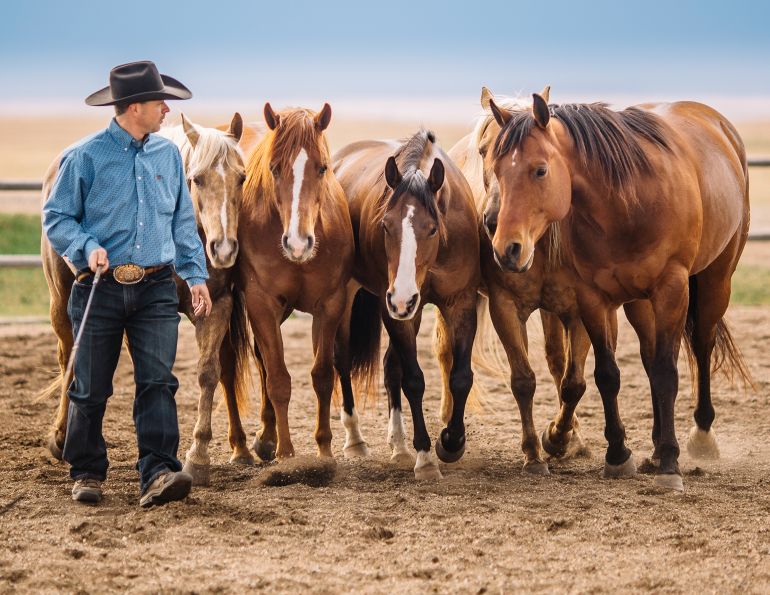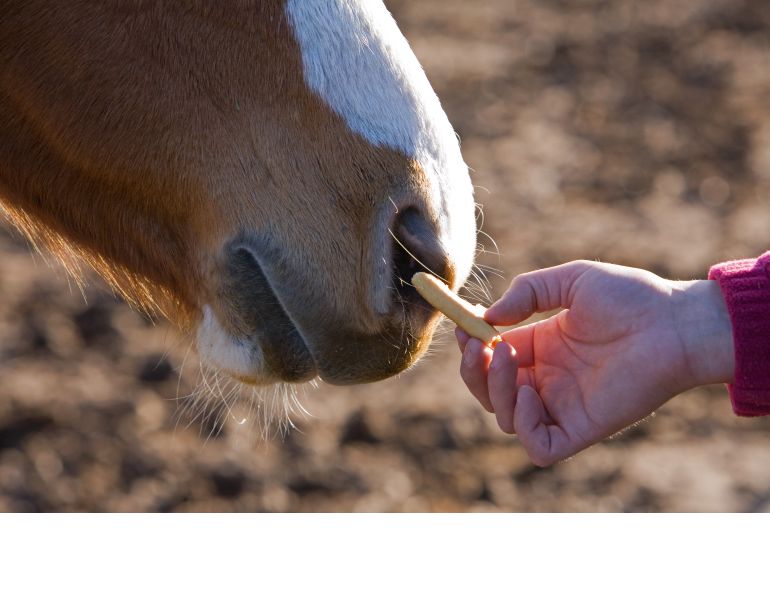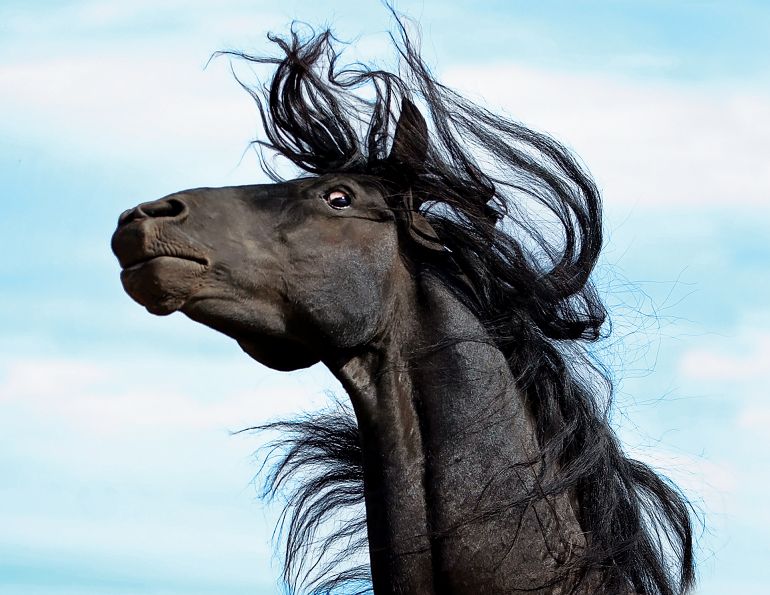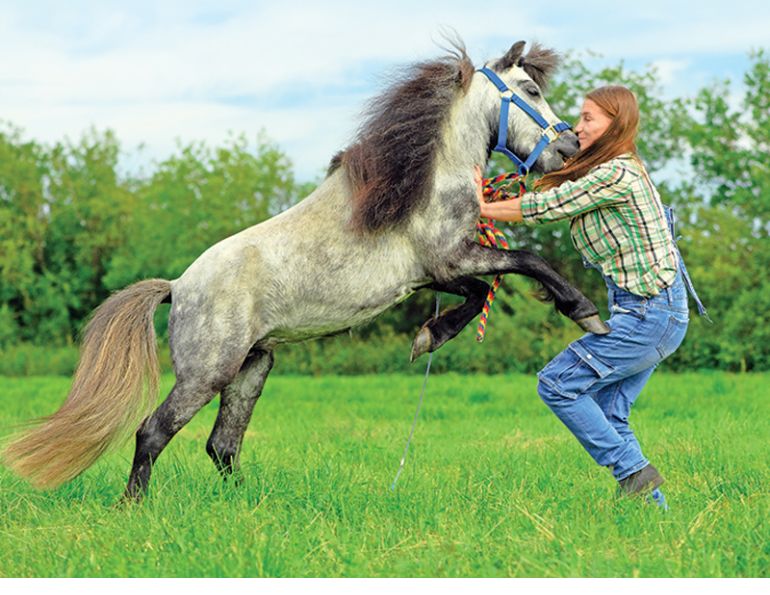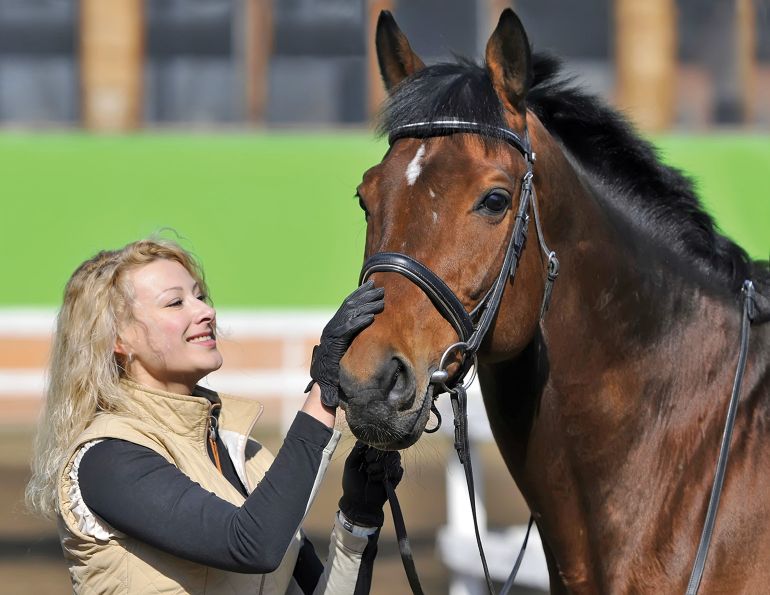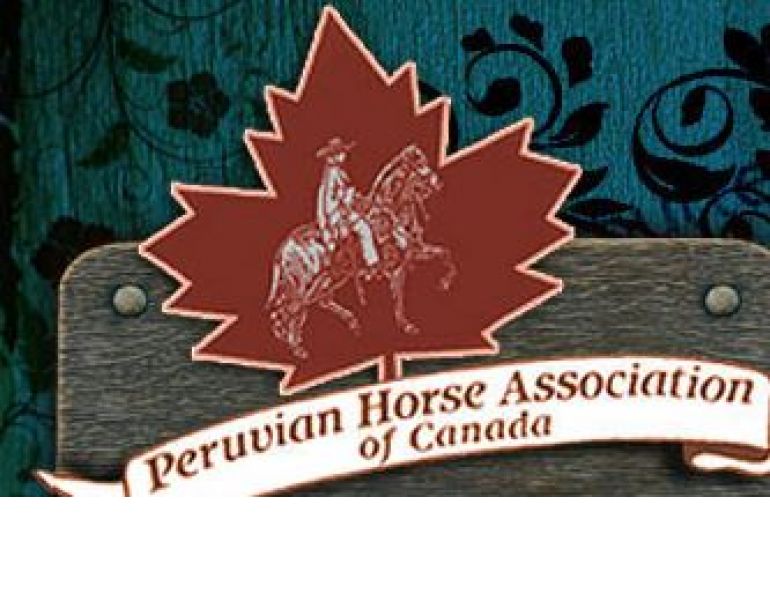By Jec A. Ballou
Fitness contributes to far more than aesthetics and performance, making it a constant goalpost for domesticated horses. In terms of health and well-being, it serves a protective role, safeguarding from illness and injury. But how long does a horse need to exercise daily to reap these benefits?
While there is no magic rule for daily exercise duration, there are unequivocal needs depending upon the season. During periods of lesser activity due to poor weather or unforgiving schedules, activity needs to be sufficient to maintain bodily systems that rely on it. During the active season of training and showing, activity needs to be sufficient to improve fitness. These figures differ widely.
For our purposes, we will delineate between these as a Maintenance Phase (periods of lesser activity) versus a Building Phase (the height of your riding season). Below I have offered generic guidelines for the amount of time to train your horse daily based on goals and time of season.
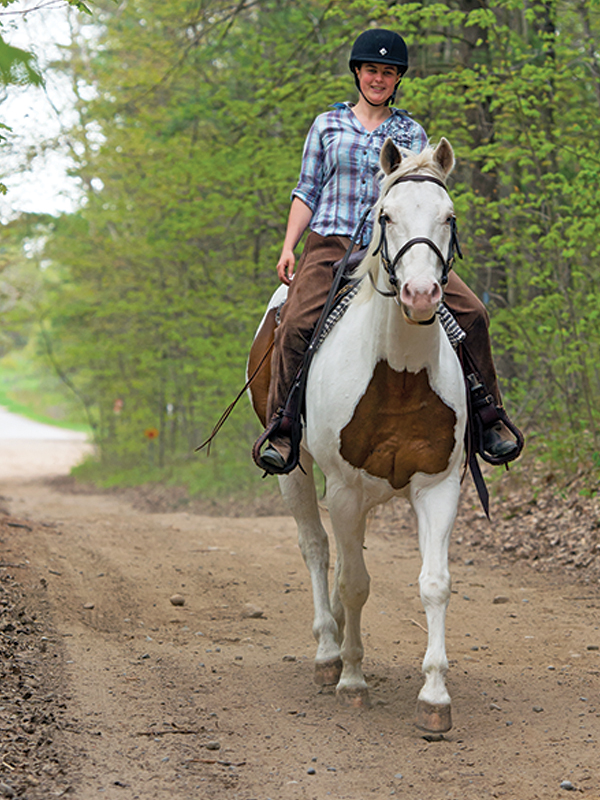
A trail hack of suitable length can be used to maintain or build fitness. Photo: Clix Photography
Maintenance Phase
During inclement weather, vacations, or in the cases of senior horses, students often ask how long they need to exercise their horse to prevent poor health. In other words, what is the minimal amount of activity the horse’s bodily systems need? That amount varies slightly due to age, but all horses rely on a baseline fitness for the following health outcomes:
- Gastrointestinal motility
- Clearance of secretions from lungs
- Resistance to disease; muscle contractions serve as a pump for the lymphatic system
- Hoof strength and growth
- Thermoregulation
- Functionality of muscles, tendons, and ligaments
- Relief from physical stiffness and mental stress associated with confinement in domesticated horses
- Circulation of blood, oxygen, muscle enzymes, and nutrients that prevent inflammation
To date, research indicates that 25 to 30 minutes is the daily minimal requirement for maintaining health in these areas. This 25- to 30-minute requirement is defined as continuous movement at 40 percent of the horse’s maximum heart rate. For most horses, this is around 90 beats per minute, or approximately the equivalent of a very brisk walk or easy jog. At least this amount of activity four or more days per week helps maintain adaptations in the systems noted above, and also keeps the body prepared for more vigorous conditioning programs if and when that time comes.
Related: Creating an Equine Fitness Program
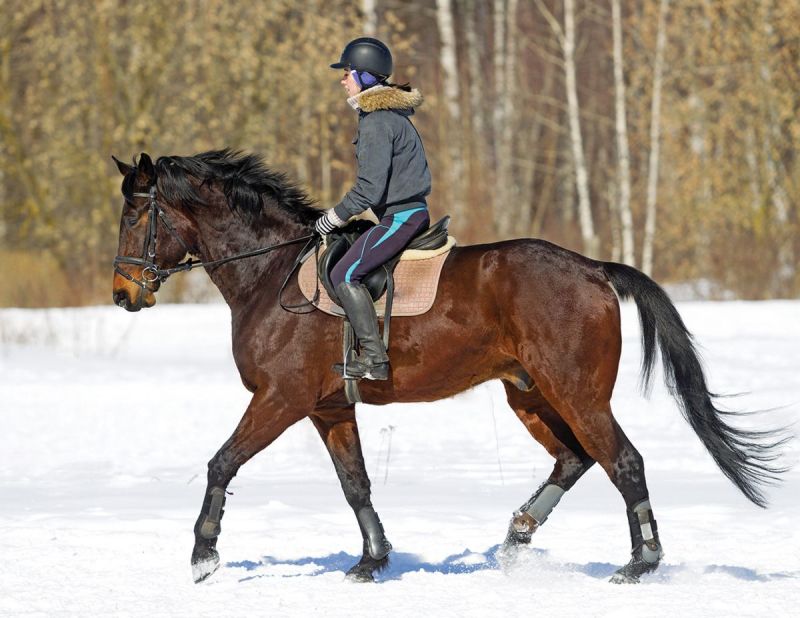
Research indicates that 25 to 30 minutes of active and purposeful daily activity is needed for baseline fitness to prevent poor health. Photo: iStock/Oleghz
To be clear, 25 minutes per day does not yield a fit horse capable of hard work efforts, long trail rides, and so on. However, it does keep the musculoskeletal and aerobic systems in a healthy place and allows the horse to eventually be brought to higher levels of fitness with ease.
To fulfill this daily minimum, aim to keep your horse’s movement active and purposeful. In other words, eliminate any idle time from your brief exercise session. It is also necessary to avoid repetitive activities like lunging every day. Even if you are limited to a walk-only program, find ways to vary your routines day-to-day. This novelty of stimulus for the horse improves resilience of soft tissue and muscle activation.
To summarize, using a dressage horse as an example, the weekly training might look like this as a Maintenance Phase:
- Monday: 25-minute brisk walk on trails/road
- Tuesday: 20-minutes of lunging including walking over ground poles
- Wednesday: 30-minute ride
- Thursday: Off
- Friday: 25-minute ride
- Saturday: 25-minute brisk walk including groundwork exercises, such as circles of various sizes, shoulder-in, gait transitions, etc.
- Sunday: Off
Building Phase
A horse’s daily exercise timeframe during the height of riding and showing season differs considerably from that of the Maintenance Phase. Here he needs longer sessions overall but, more importantly, a spectrum of conditioning challenges throughout the week. To make the required fitness gains for this season, the horse benefits from both long and short sessions.
At the beginning of the season, you can begin gently increasing daily sessions by five to ten minutes from your Maintenance Phase. After six weeks of consistently training the horse four or more days per week at low to moderate speeds and intensity with this progressive buildup, most of your sessions should be around 40 to 50 minutes in length. There can certainly be occasional shorter days in the weekly schedule; for many students this takes the form of groundwork or an easy hack day. If these days begin occupying bigger percentages of the schedule, however, detraining becomes a concern.
Related: Avoid Burnout with Your Horse - Have a Plan
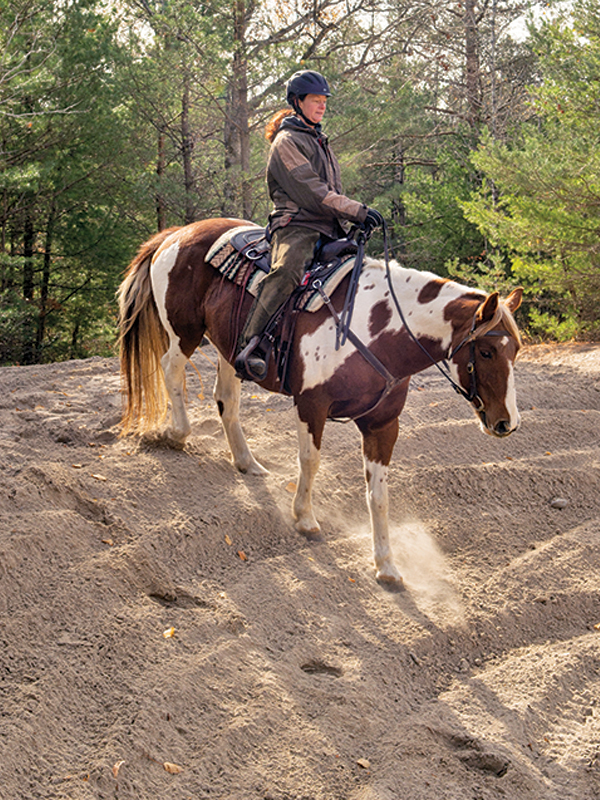
When increasing the length of training on a given day, such as a longer trail hack, do not also increase the intensity of the work at the same time, such as hill riding on sand (pictured). Photo: Clix Photography
From this point, conditioning and workout durations become more specific and nuanced depending on the goals at hand. Generally, fitness is often increased within the structure of a four- to six-day work week with most sessions between 40 to 50 minutes by adding one or both of the following to the week: a high intensity workout, and/or a longer, low intensity session.
To reiterate, these additions would only be appropriate if the rest of the schedule remains consistent enough to support them. You would not add these components if your horse’s activity level is closer to a Maintenance Phase than a Building Phase. These two elements can be adjusted weekly to turn the dial up or down on a horse’s fitness.
The high intensity workout can be cardio or strength-based, and occasionally include elements of both. It should be designed based on the horse’s performance goals. For example, a dressage horse might do a demanding cavalletti workout to develop propulsive strength whereas a three-day eventer might do gallop intervals to increase aerobic capacity and stamina. A general rule is that the harder the workout is, the shorter it is. In short, if you plan to work your horse’s muscles hard in a strength effort, you do not do that for hours. This weekly workout serves as a consolidated hard effort followed by ample recovery; it is a structured dose of positive stress on the body without breaking it down.

Thirty minutes of lunging and groundwork can become part of the horse’s weekly training regime during the Building Phase. Photo: iStock/Azahara Falcon
In addition to a structured weekly workout, a long but relatively low-effort session is an integral part of most conditioning plans. The purpose of this is to improve fatigue resistance and metabolic efficiency. A general guideline is for the duration to be 50 percent longer than the other weekly sessions. For example, if your regular outings last 40 or 50 minutes, this longer low aerobic session would be 60 to 100 minutes or more. In the case of arena horses, this is an ideal time to go for a trail ride. When increasing length of training any given day, do not simultaneously add intensity or hard work.
In summary, if we use a dressage horse for an example, the weekly training volume might look like this during the Building Phase:
- Monday: 40-minute arena ride
- Tuesday: 30-minute lunging and groundwork
- Wednesday: 15-minute warm-up; 20-minute cavalletti or hill workout; 10-minute cooldown
- Thursday: 45-minute arena ride
- Friday: 45-minute arena ride
- Saturday: 60 to 90-minute trail hack
- Sunday: Off
Related: 9 Best Cavaletti Exercises
Main Photo: Shutterstock/Rolf Dannenberg



